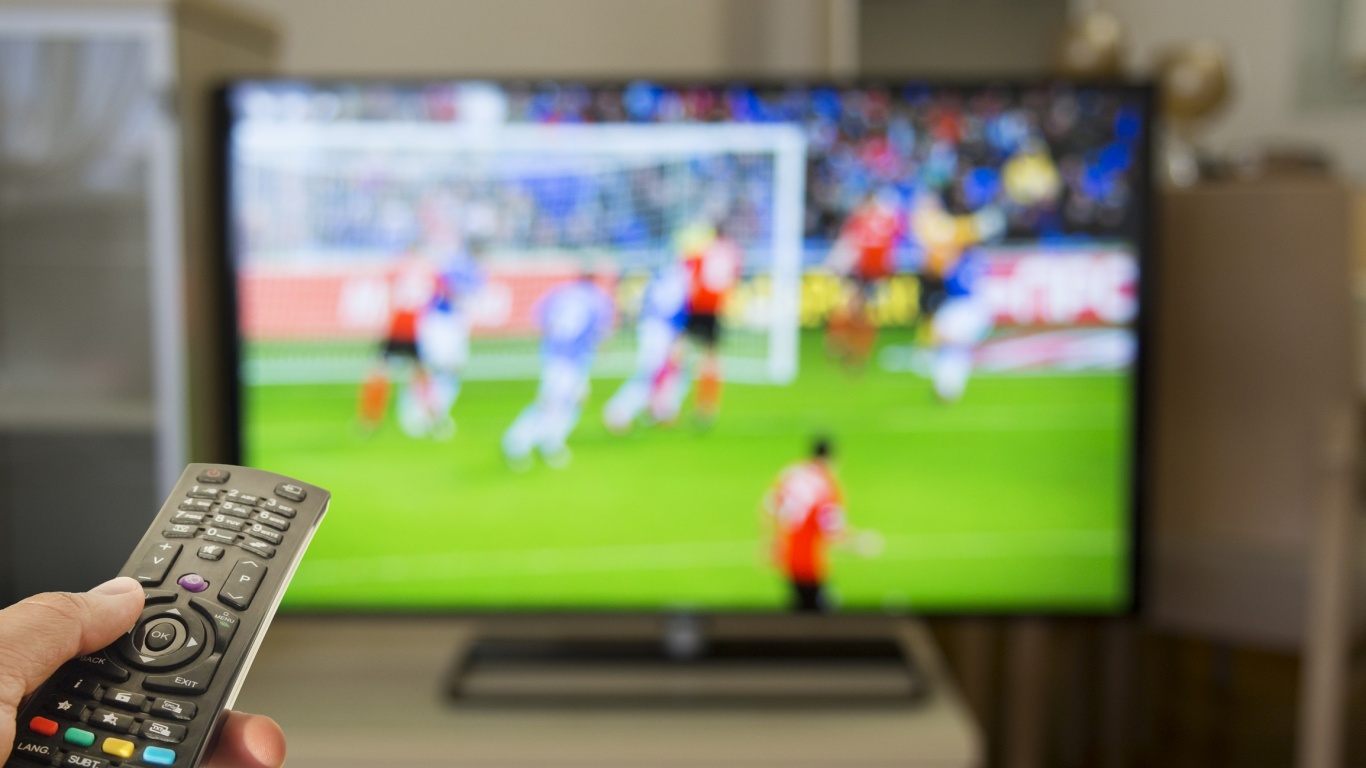
The Future of Sports Broadcasting
The subject of sports broadcast rights is constantly evolving and at the apex of our industry.
Technology (hardware and software), viewing habits, the battle between subscriptions, pay-per-view, OTT and free-to-air, the rise of mobile, advertising spends all play a part in the battle for a slice of the huge revenues on offer.
The stakes have never been higher.
We’ve looked in the past at how sports broadcasting has expanded into areas such as streaming, and this story is taking all sorts of twists and turns.
Recent reports have suggested that numbers of sports viewers are declining, the rising cost of broadcast rights is having an impact, and traditional business models are threatened.
Fox Sports and Major League Baseball (MLB)
The recent deal involving Fox Sports and Major League Baseball (MLB) bucks those trends.
As linear TV ratings fall, Fox’s MLB programming is healthy, with viewing figures up nine per cent. The broadcaster’s deal with the MLB ties the two together until 2028, after 21st Century Fox is acquired by Disney for $71 billion next year.
Key features of the deal are:
- It represents a seven-year extension to an existing contract
- The World Series and annual All-Star Game are included
- Fox currently pays about $525 million a year
- The broadcaster’s agreed to pay at least $5 billion extra
- That jump equates to a 36% annual average increase
- It keeps MLB on Fox for the next decade
The deal helps Fox to build its programming around live sports.
Changing viewing habits...
Even though people are watching more on-demand and streamed programming, content which is best watched live – such as news and sports – is able to survive and thrive.
The viewing experience of such content has perhaps grown in importance precisely because time is of the essence: recording a live football match and watching it later, for example, is the exception rather than the rule.
...but advertising strengthens around traditional viewing habits
Therefore, given sports fans’ preference for watching a sporting contest live, such programming remains a strong source of revenue for advertisers.
Live sports broadcasting contracts are also the most likely driver for subscribers to switch distributors: for example, if Manchester United are playing in the Champions League which is currently shown in the UK only on BT Sport, Manchester United fans who are Sky subscribers are more likely to switch distributors.
Demand remains – but is split across multiple platforms and devices
A peak audience of 26.5 million people watched England exit the 2018 World Cup on ITV, making it the most-watched five minutes of British TV since the 2012 Olympic opening ceremony.
Not surprisingly, there was huge demand for World Cup games streamed on smart TVs, online and mobile devices.
The sports broadcasting paradox
But apart from those biggest sporting occasions, such as the World Cup and Olympics, which are shown free-to-air, there is a paradox at play when it comes to the more frequent sporting occasions:
One recent news report suggests that sports fans generally have no alternatives when it comes to watching matches or events.
Another, quoting research by two academics, says:
The impact of OTT
When Ofcom’s first annual Media Nations report was published in July 2018, reviewing key trends in the broadcast industry, it gave us data on the take-up and impact of subscription-based on-demand and streaming services.
One of the report’s findings was that, for the first time, UK subscribers of OTT services such as Netflix and Amazon Prime outnumber those signed up to pay-TV providers including Sky, BT and Virgin Media.
Sports + OTT + audience
Could Amazon sweep in at any moment and seize the initiative?
They have the technology. They have the audience. And they certainly have the cash.
But do they have the ability?
As tech giants continued their push into live sports during 2018 – Facebook bought the rights to show top-flight Spanish football in the Indian subcontinent, with matches free to watch, and in the UK Amazon won the rights to show 20 Premier League fixtures as part of the deal for 2019-22.
Jeff Bezos’s company – the second in the world to be valued at one trillion dollars, after Apple – had hoped its coverage of the US Open would improve on other streaming services’ problems with their delivery of live sports.
It didn’t go well.
Amazon received so many complaints about its coverage that the company prevented more from being posted. Poor picture quality and a lack of a recording option were among the features criticised.
Game on
So the battle is on as the industry evolves.
But where does the real power lie?
The FAANG companies (Facebook, Apple, Amazon, Netflix and Google) have the audience and the technology.
Traditional distributors (Sky, BT, Fox) have the know-how.
Sports clubs and governing bodies, major leagues and top competitions have the product.
People will pay for the best content – and that, for now at least, means advertisers will be there to greet them.

In The Frame - April '23

In The Frame - March '23
